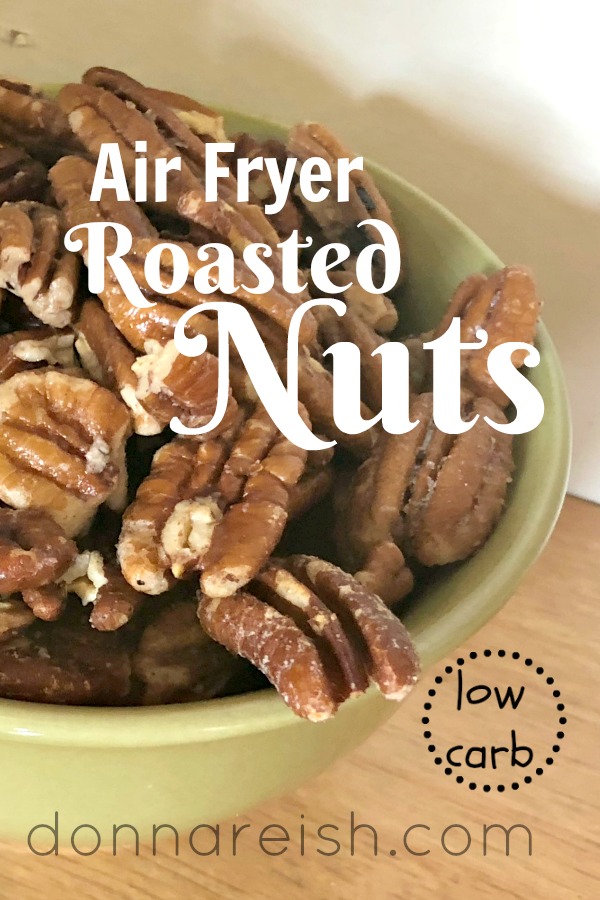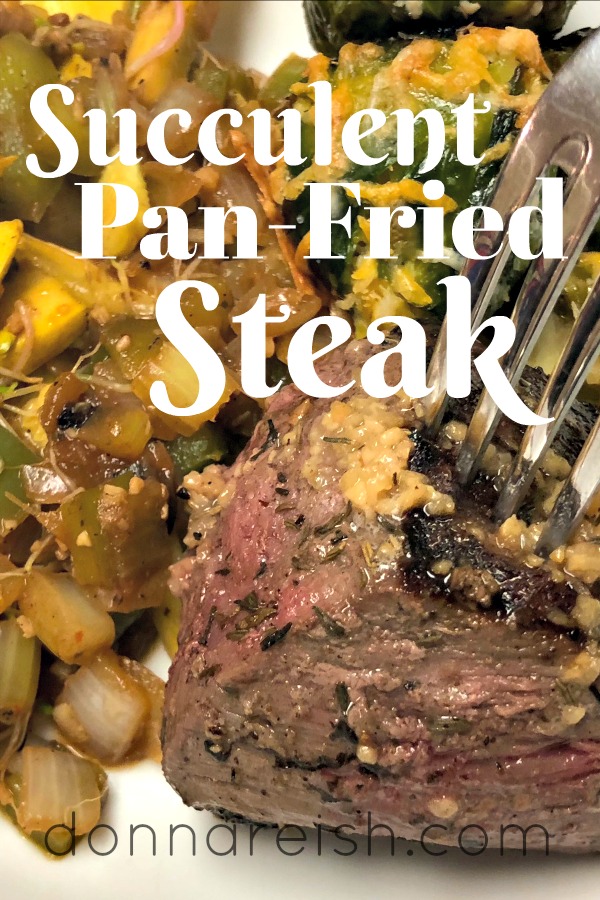by Donna Reish

In Episode 12/Week 12, Donna Reish, blogger, recipe creator, and Daily Intermittent Fasting teacher tells about her twelfth week and her husband’s fifth week of Daily IF. She describes the pattern that she has settled in at 19:5, including OMAD/3–One Meal a Day divided into three parts (see outline). She describes what being fat adaptive means, including the differences between glucose/glycogen store burning and body fat burning. Donna teaches the importance of staying the course, including bringing in eating boundaries and not going off and on and making too many “special occasions.” Finally, she describes several things that affect Fat Adaption each day: number of fasting hours, how much glycogen is being stored/circulating glucose is available to use, how long your eating window is, whether you exercise or not, and how many carbs you are consuming. Subscribe to Donna’s YouTube channel; podcast at iTunes; and here at her blog. Join her FB group where she teaches daily about this way of life.
(more…)
by Donna Reish

Breading meats (and even vegetables) does not have to a taboo for the low carb cook or the low fat cook or the low calorie cook or the family-friendly cook. We have options! With healthy fats to brush over things, we can pop them in the oven with a healthy breading mix and have chicken nuggets the kids will enjoy. With air fryers, we can bread and fry fish or chicken to our heart’s content—and if we use a lower carb breading mix, we have the best of all worlds: low carb, low fat, low calorie!
(more…)
by Donna Reish

It’s Week 11/Episode 11 of The Intermittent Fasting Journal! New Year’s Week—and Donna’s hubby is on board too! Yay them! In this episode, Donna gives her week eleven findings and results, including losing weight slowly and steadily during holidays and enjoying a traditional New Year’s Day dinner. She reviews the coping mechanisms of self talk, five second rule, having an earlier eating window that ends by seven each day (and how this benefits her), using the app, and more. Donna goes into detail about her lifestyle with her husband, Ray Baby, who has lost ten pounds in three weeks on his IF plan! She describes husbands and wives planning and fasting together and how much she and Ray enjoy eating out together now as empty nesting fasters. She was encouraged by going into a new year with no deadlines and no drastic weight loss plans in place and explains how to make Daily IF a lifestyle rather than a frantic new year weight loss goal. No time limits! Donna then teaches from AC: The Power of Appetite Correction by Bert Herring with the six kinds of hunger: (1) Appestat–real hunger; (2) Somatic hunger–sensation in the belly; (3) Limbic hunger–drive to continue eating once you’re full; (4) Clock hunger–biological clock–hunger striking 23-24 hours from when you ate last; (5) Appetite-driven hunger–when you visualize yourself eating something; (6) Mouth hunger–urge to chew on something when you’re not really hungry. She ends the main section with how she has finally achieved control over areas of her life that had eluded her even when she had 32 years of homeschooling and writing success–food control. Huge win! We can manage every area of our lives when we are successful with Daily Intermittent Fasting!
(more…)
by Donna Reish

If you are following my grocery fast, you probably know that I am more than a month in to spending $25 a week on groceries in an effort to empty my cupboards, freezers, and refrigerators. As we became empty nesters, I just kept buying and buying if things were on sale, in case the kids stopped by, etc., without really having designated purposes for everything. (When you have a family of nine, you eventually use everything up–not so when you become empty nesters…my house was bulging with food!)
(more…)
by Donna Reish

We went on a grocery fast of $25 per week–so we had to start eating steak every week…..let me explain! The reason for the grocery fast was to try to empty our freezers, refrigerators, cupboards, and pantry of the excess food we had accumulated from gradually becoming empty nesters, but not really knowing how to shop, cook, or live like empty nesters! Part of this process includes using up five years worth of Omaha Steaks that were gifted to our business.
True confession: We have seldom ever cooked steaks. Sure, we made hamburger steaks, Swiss steak, chopped steak smothered with veggies, meatloaf steak, “poor man’s steak” (out of hamburger), and even ham steak. But with seven children on one income for over twenty-five years, meat was more of a “condiment”—in casseroles, soups, stews, and other combination dishes–than it was a “per person” type of meal element.
(more…)
by Donna Reish

I don’t remember my mom making a lot of salads when I was growing up. I remember some iceberg lettuce here and there on our plates and potatoes cooling in the fridge for potato salad, but that is about it. I do, however, remember the apple salad. Not because I ate it–it has mayo in it! (Yucky! ha ha) But because it was unusual to have anything other than potato salad and cole slaw in terms of “salads.” I quickly discovered that my high school sweetheart (Ray Baby–now my husband of almost 37 years!) loved salads of any kind, and he really loved my mom’s apple salad. So being the dutiful wife, I learned how to make it.
It isn’t hard, but it is unique. Every time I take it anywhere, people are always surprised by the combination of peanut butter and mayo–but in a good way. People really like this salad!
(more…)
















